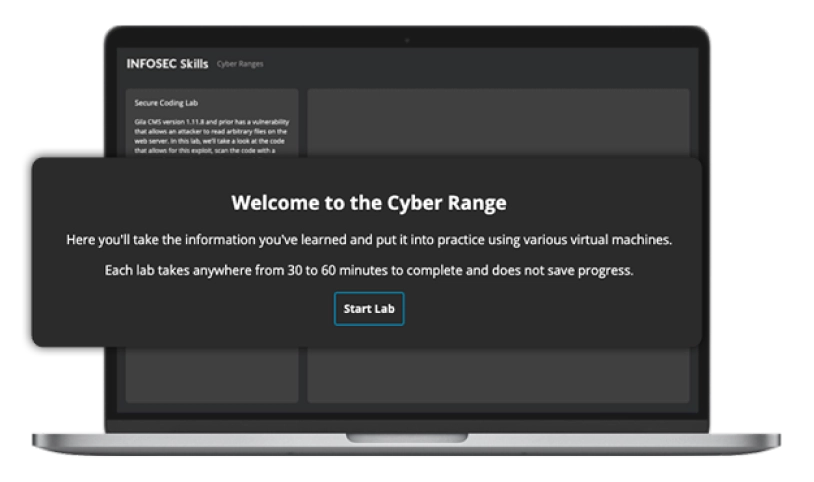
Writing Secure Code for Android Learning Path
24+ hours
Quick facts
About this learning path
-
courses
100% online
-
Duration
24+ hours
-
Assessment
questions
About Writing Secure Code for Android
Explore the art of incorporating security into Android app development. You will learn the pros and cons of Kotlin, JetBrains' new open-source programming language which Google adopted for Android. Each course explores a major Android security category: you will work with many examples, directly seeing the impact of missing or poor security in the code. You will work with Android Studio and Kotlin online playgrounds to implement security in your code, testing the security mechanism for effectiveness and functionality. You will also learn where to conduct mobile app and Android-specific vulnerability research online to continue improving your craft.
Syllabus
Writing Secure Code for Android
Assessment - 44 questions
Introduction to secure coding in Android
Course - 03:07:00
Input validation
Course - 08:11:00
Memory corruption
Course - 00:46:00
Encryption in Android
Course - 02:32:00
Protecting data
Course - 05:13:00
Access Control in Android
Course - 03:13:00
Protecting software and system integrity
Course - 02:32:00
The details
Learning path insights
How to claim CPEs
Should you complete this learning path, you’ll be able to download a certificate of completion. Use this to claim your CPEs or CPUs.
Associated NICE Work Roles
All Infosec training maps directly to the NICE Workforce Framework for Cybersecurity to guide you from beginner to expert across 52 Work Roles.
- All-Source Analyst
- Mission Assessment Specialist
- Exploitation Analyst
No software. No set up. Unlimited access.
Skip the server racks and spin up a realistic environment with one click. Infosec Skills cyber ranges require no additional software, hardware or server space so your team can spend less time configuring environments and more time learning. Unlimited cyber range access is included in every Infosec Skills subscription so your team can skill up however they learn best.

Unlock 7 days of free training
- 1,400+ hands-on courses and labs
- Certification practice exams
- Skill assessments
Plans & pricing
Infosec Skills Personal
$299 / year
- 190+ role-guided learning paths (e.g., Ethical Hacking, Threat Hunting)
- 100s of hands-on labs in cloud-hosted cyber ranges
- Custom certification practice exams (e.g., CISSP, Security+)
- Skill assessments
- Infosec peer community support
Infosec Skills Teams
$799 per license / year
- Team administration and reporting
- Dedicated client success manager
-
Single sign-on (SSO)
Easily authenticate and manage your learners by connecting to any identity provider that supports the SAML 2.0 standard.
-
Integrations via API
Retrieve training performance and engagement metrics and integrate learner data into your existing LMS or HRS.
- 190+ role-guided learning paths and assessments (e.g., Incident Response)
- 100s of hands-on labs in cloud-hosted cyber ranges
- Create and assign custom learning paths
- Custom certification practice exams (e.g., CISSP, CISA)
- Optional upgrade: Guarantee team certification with live boot camps

